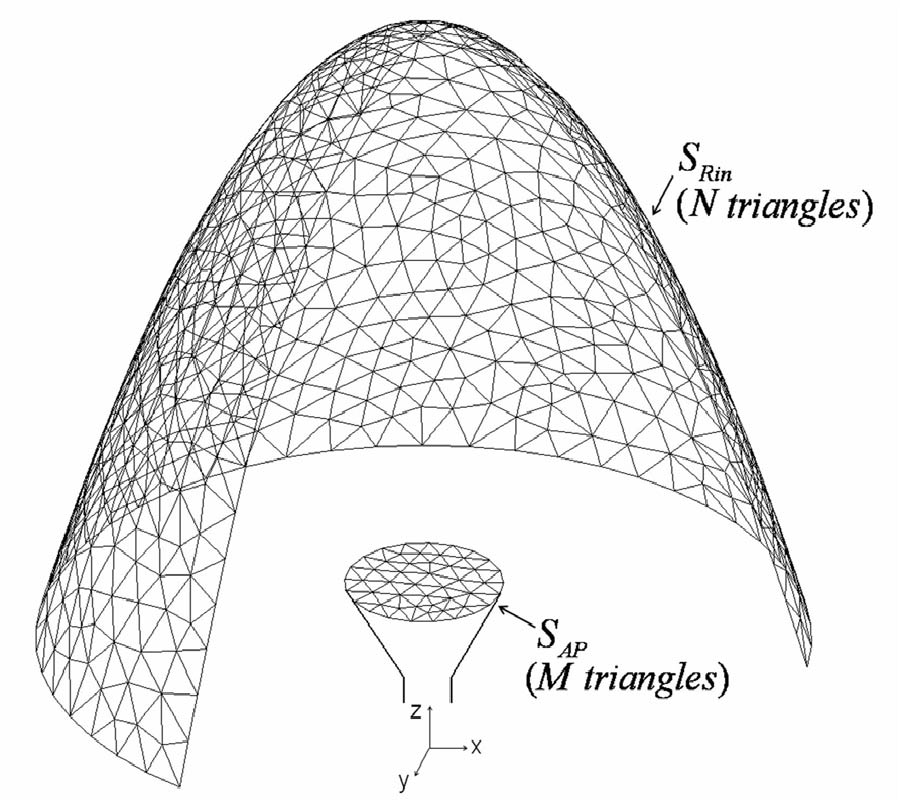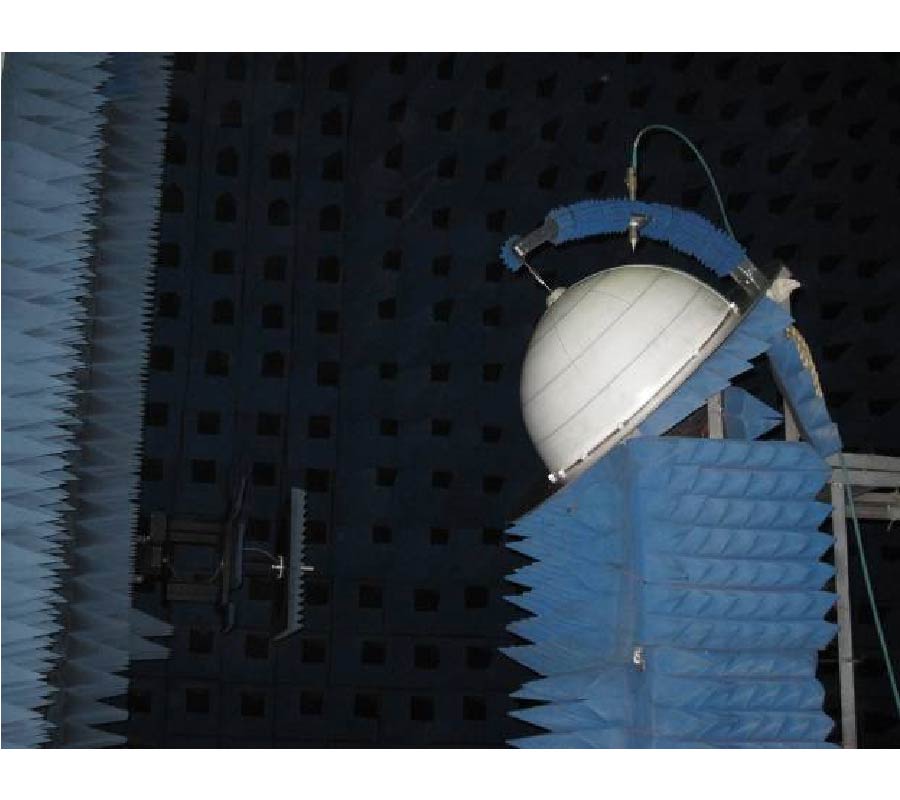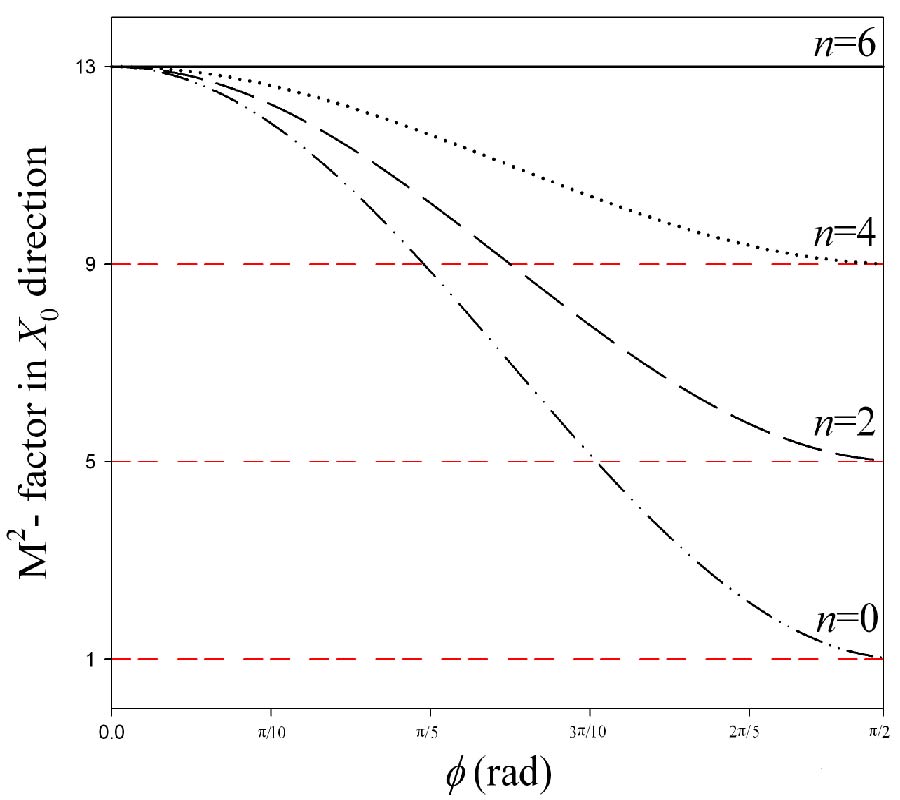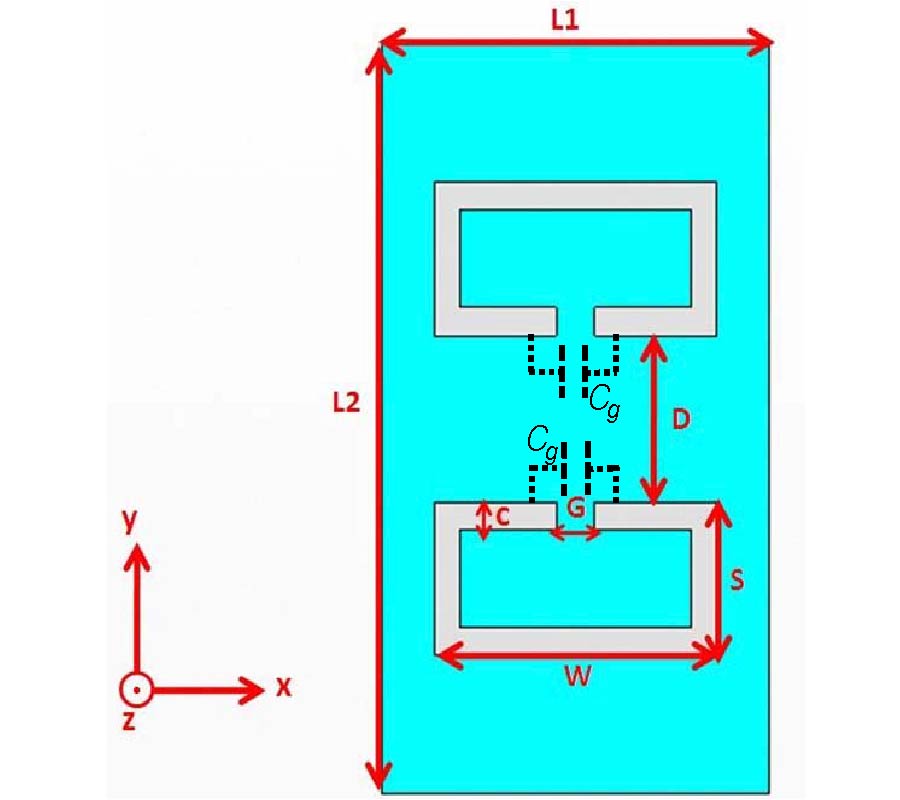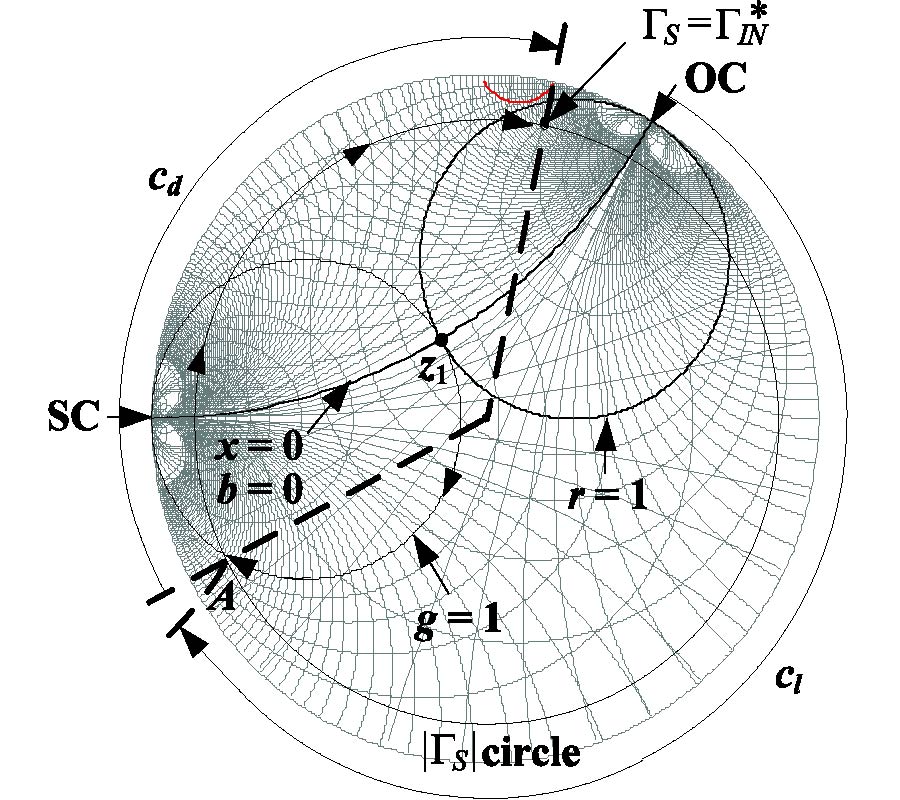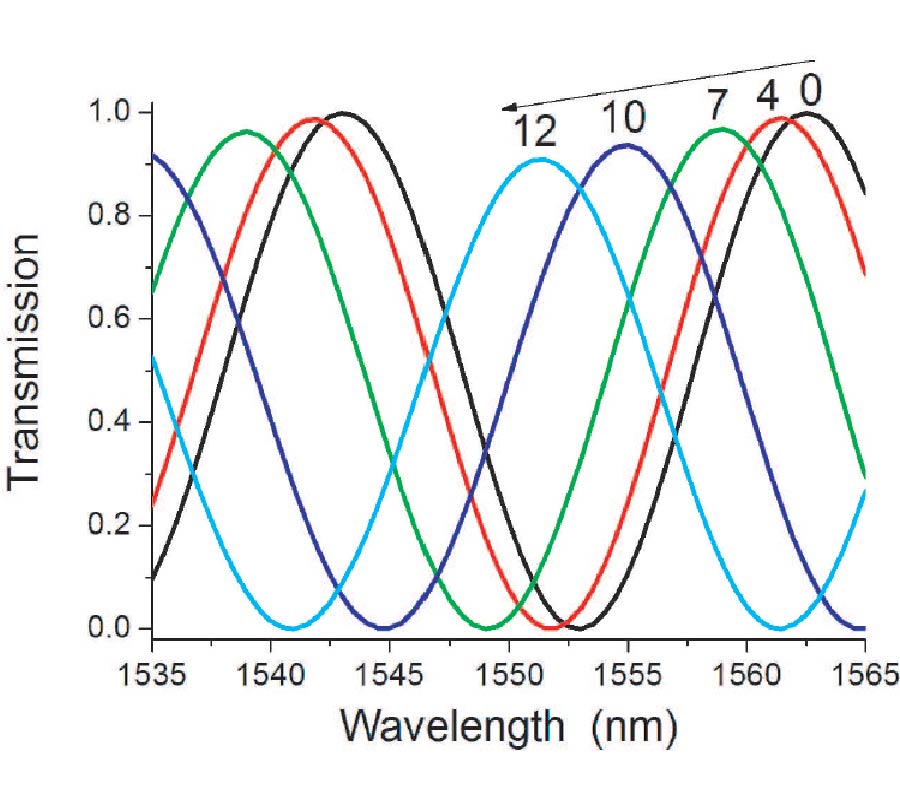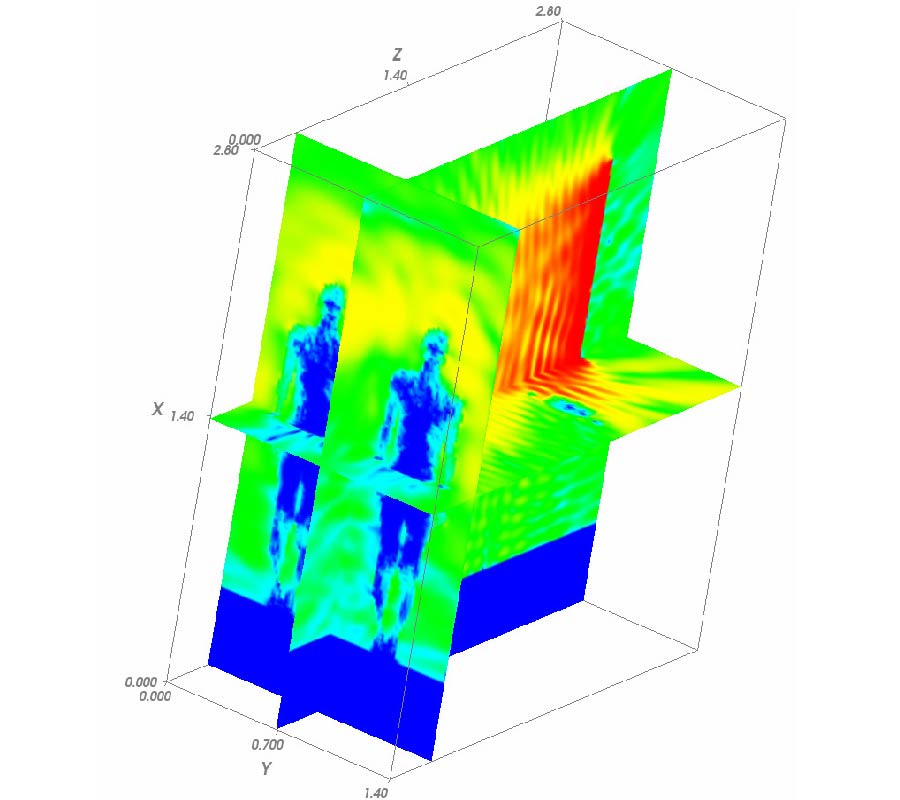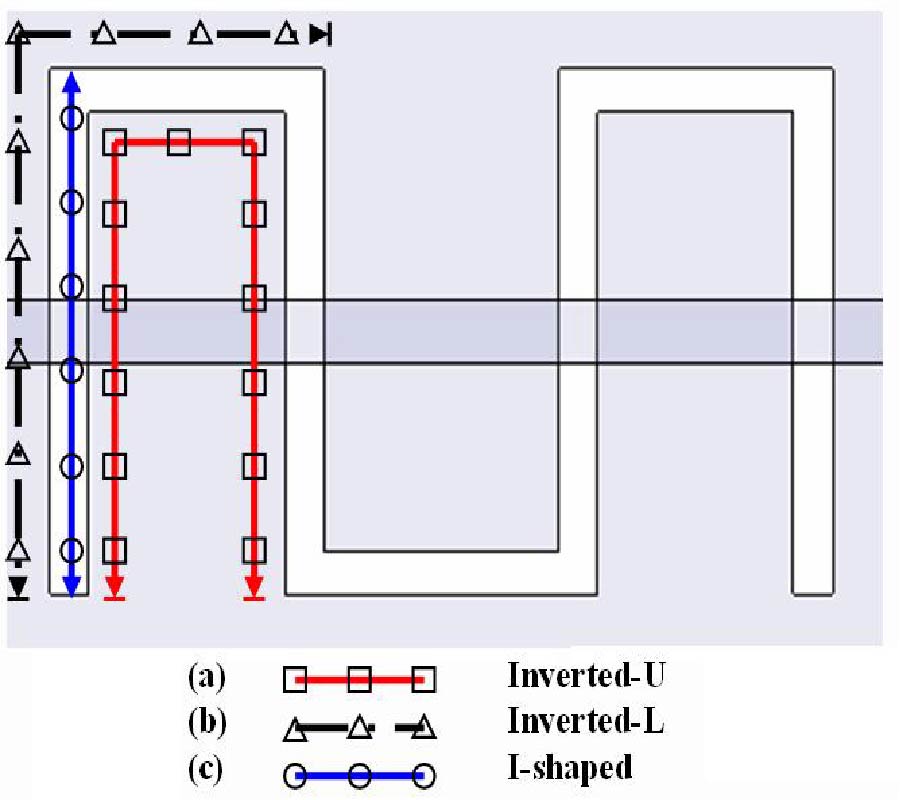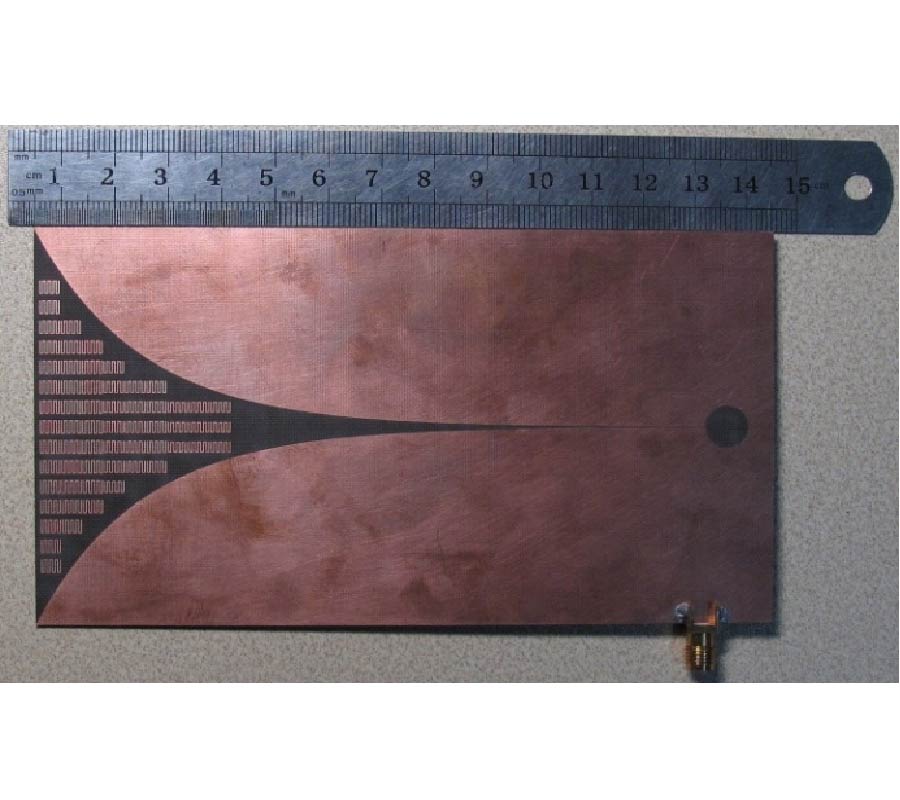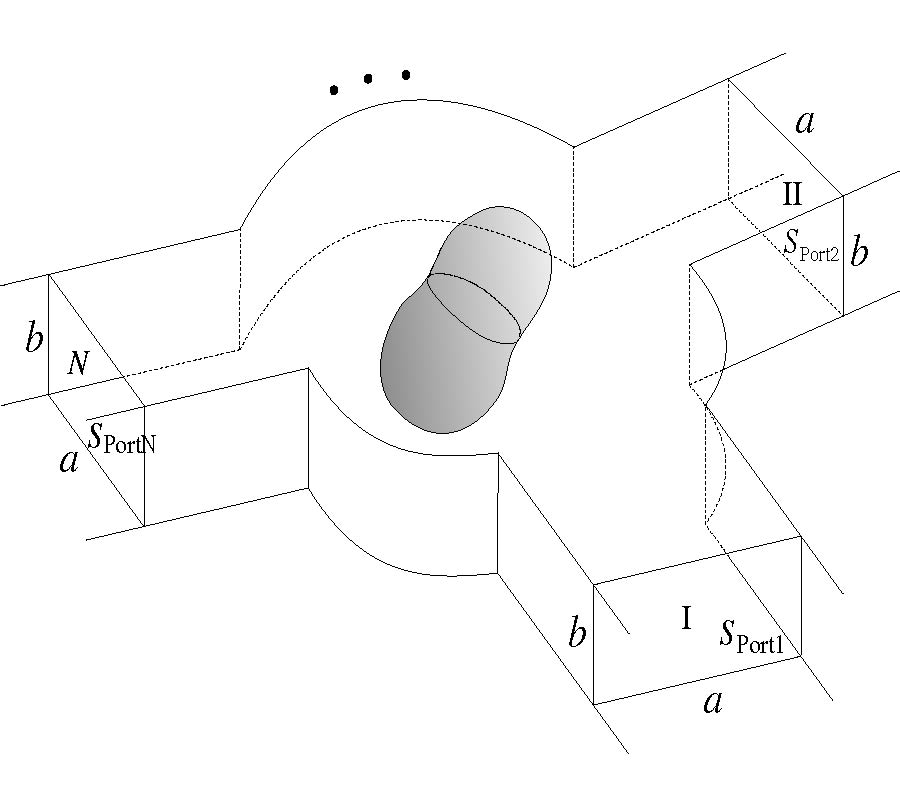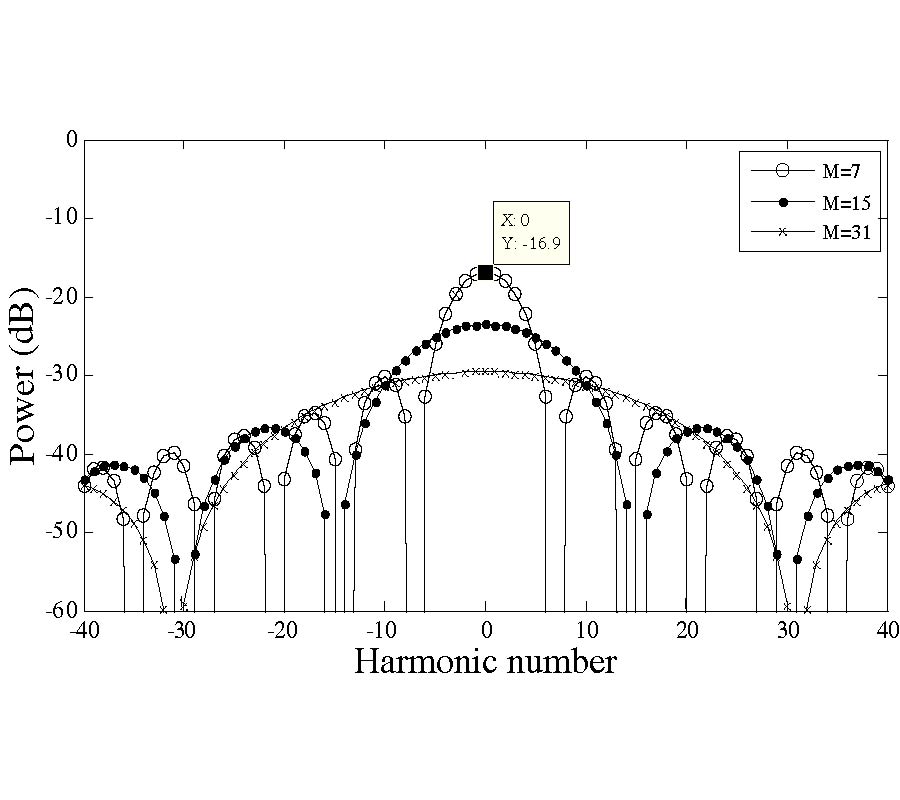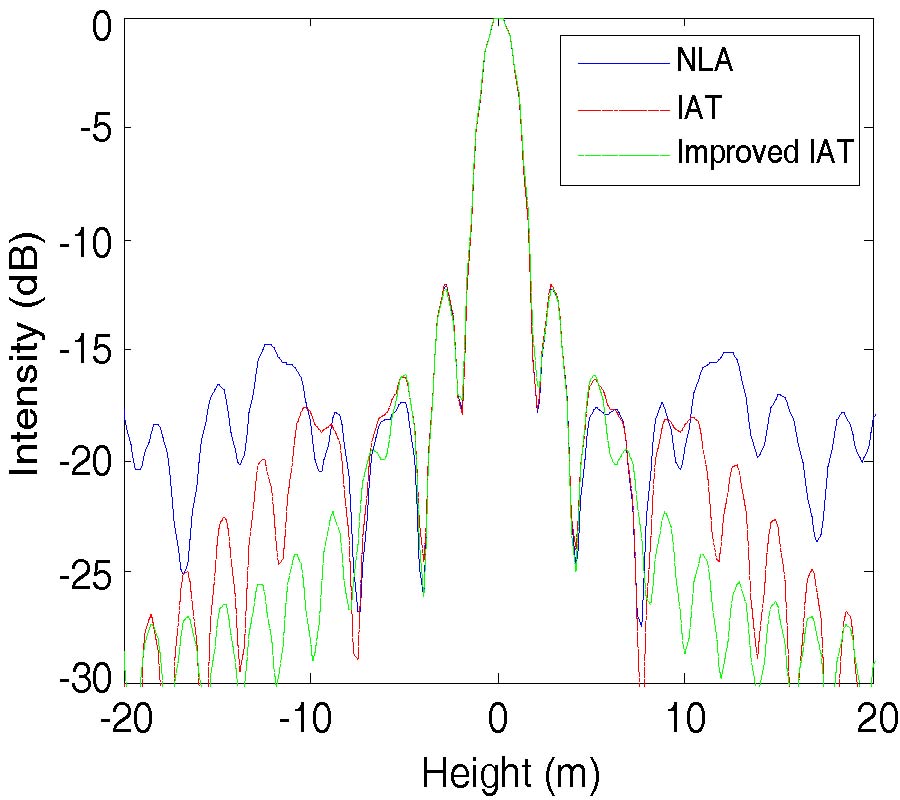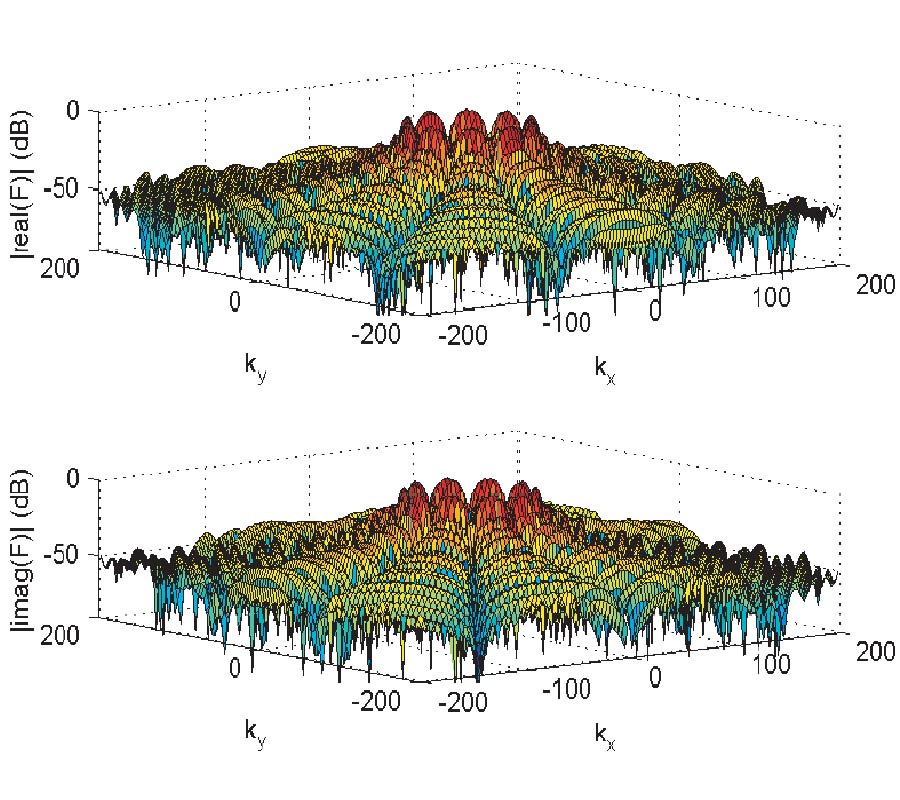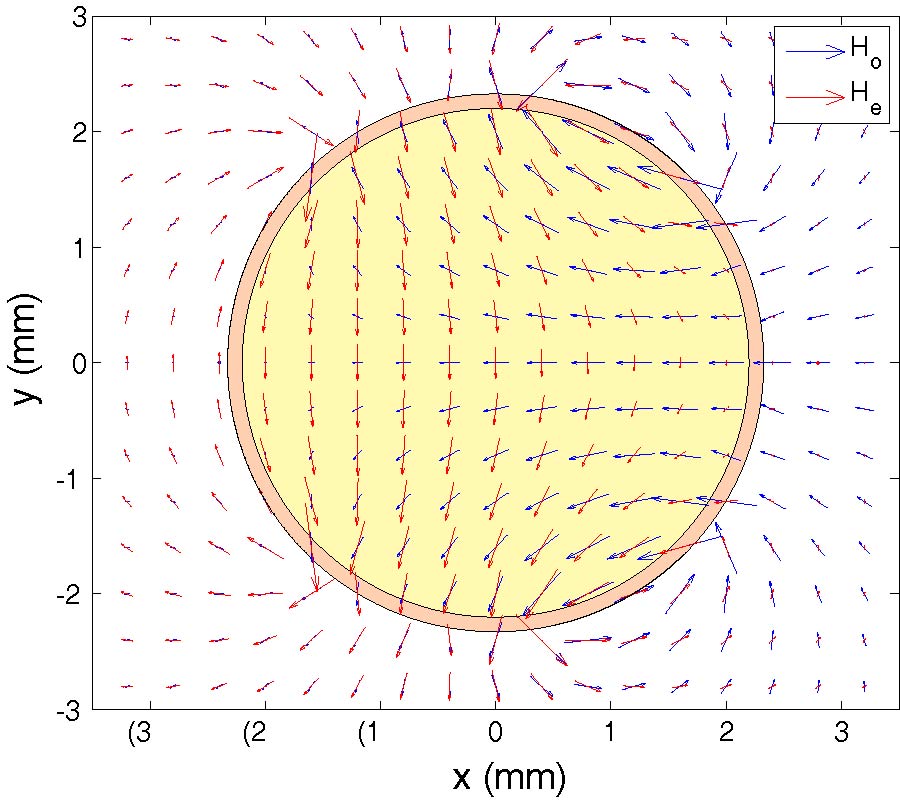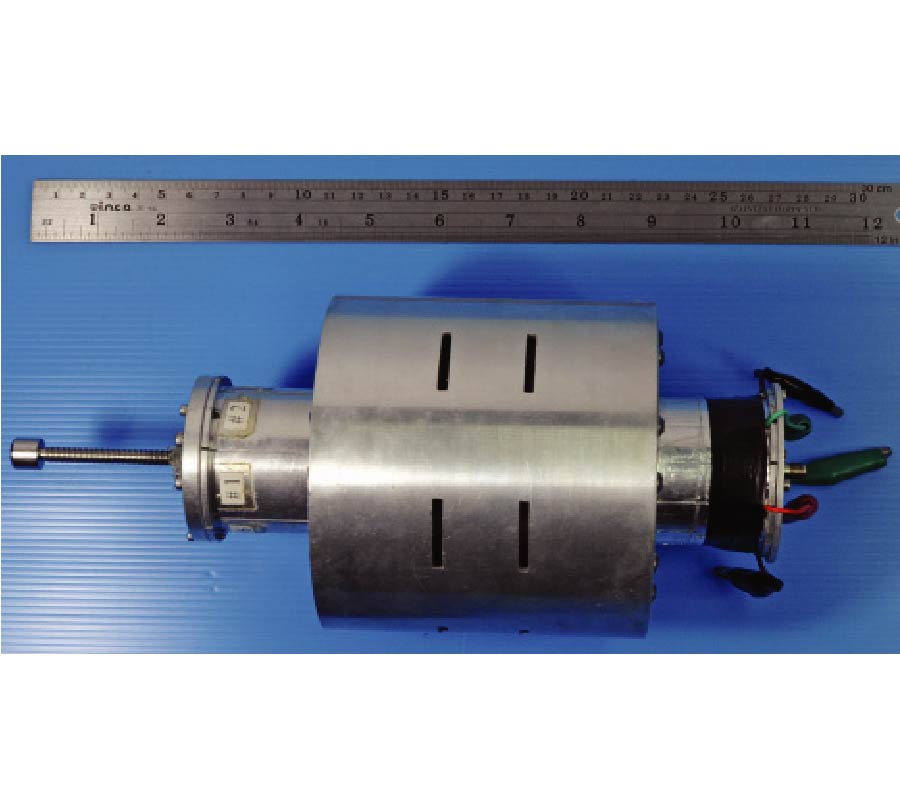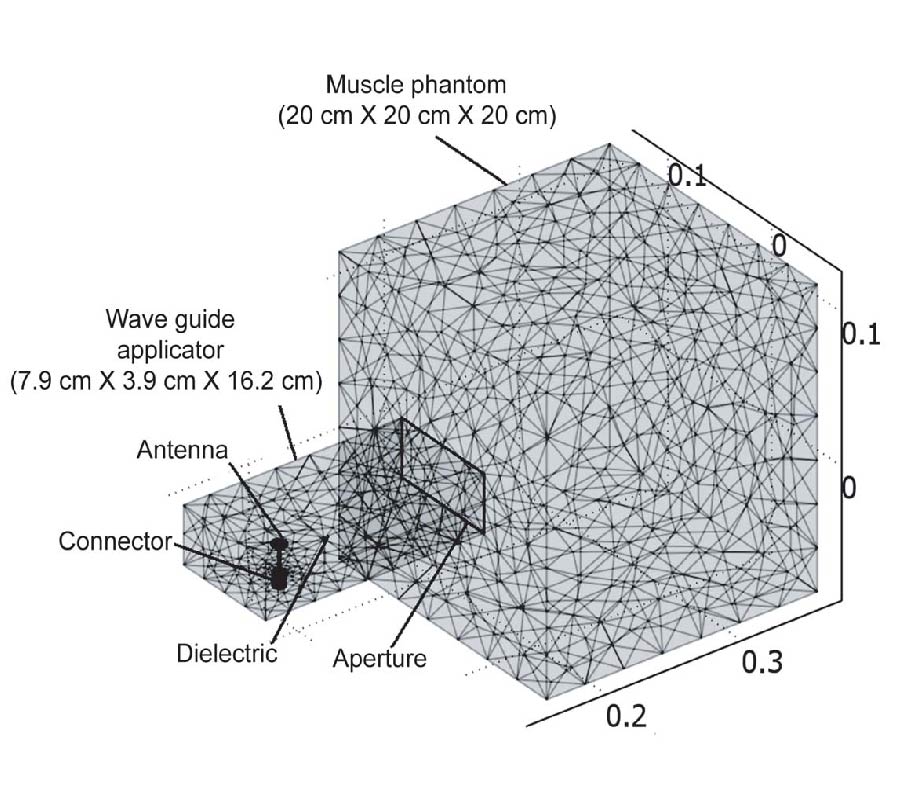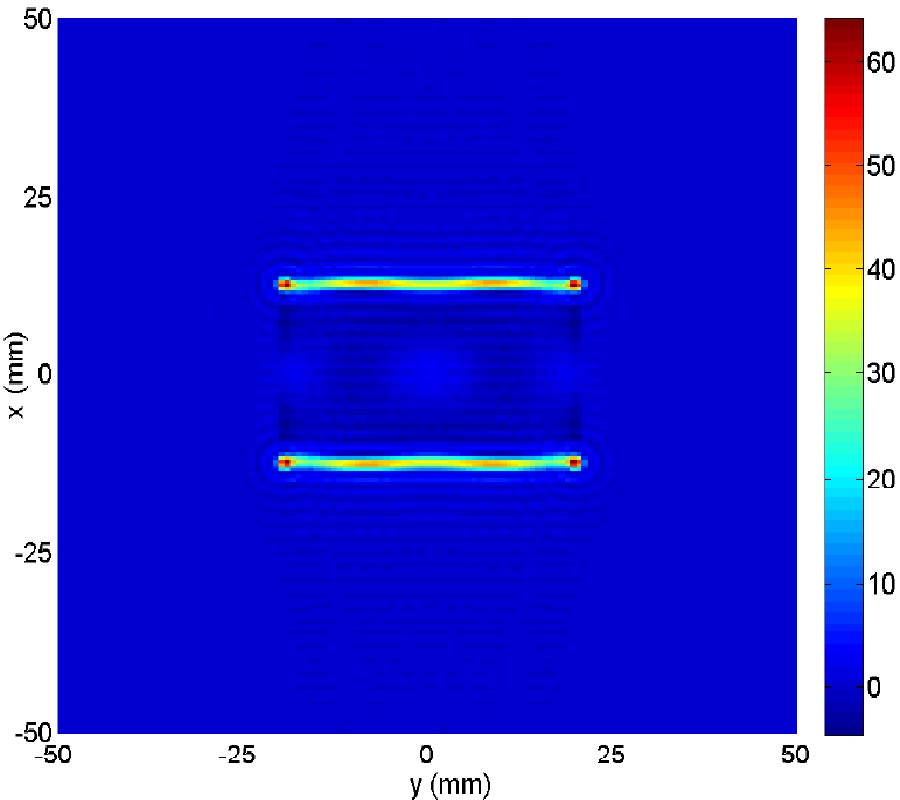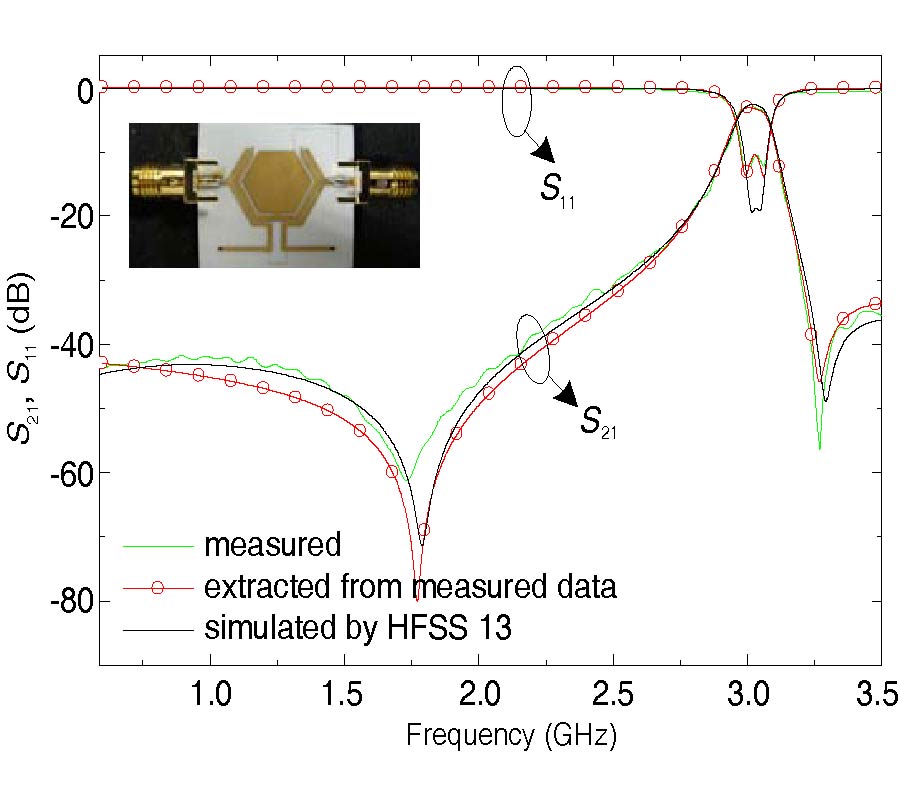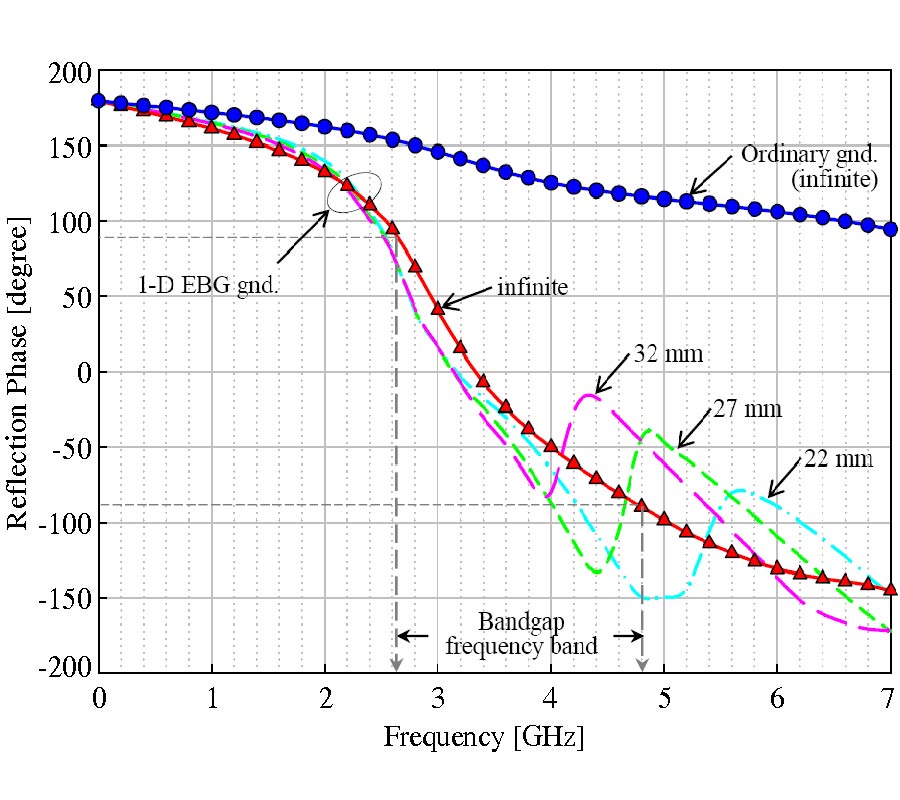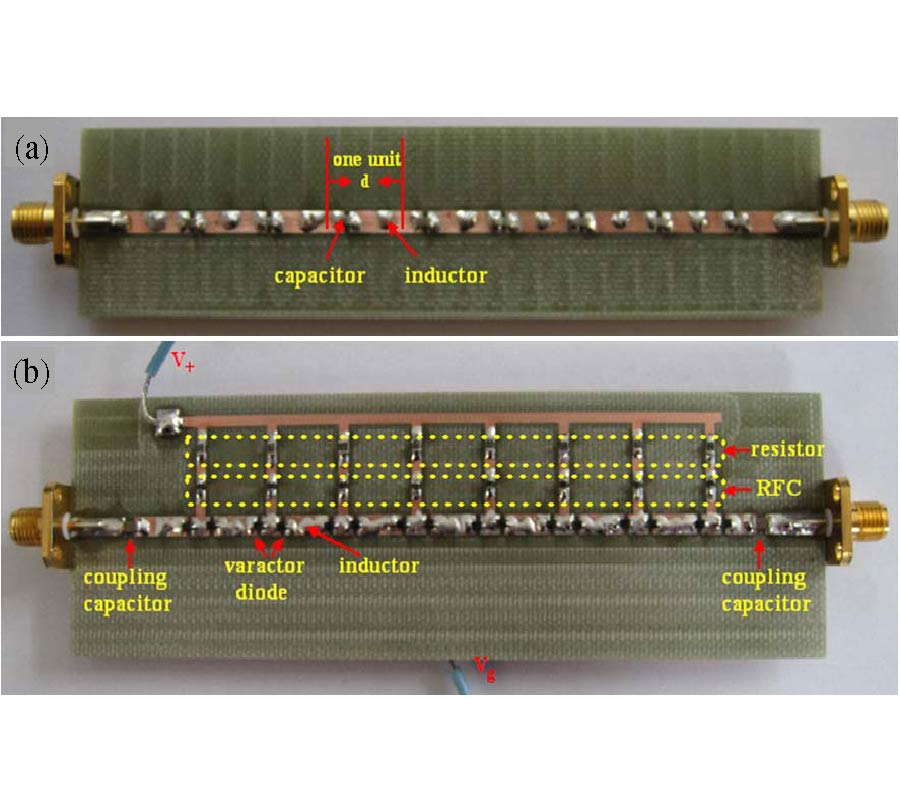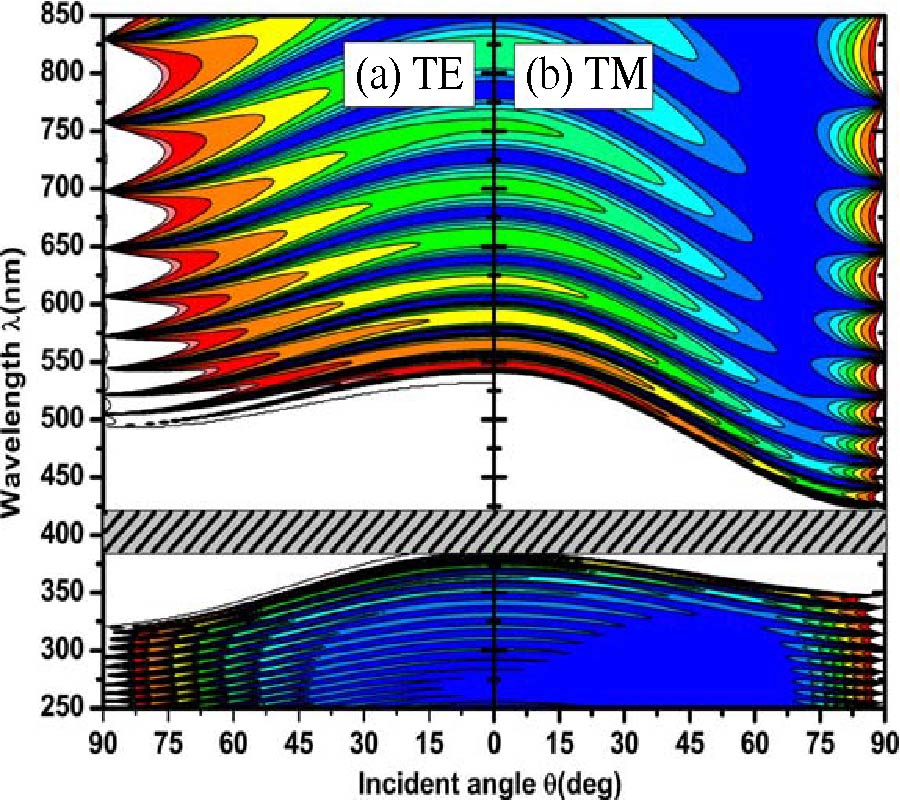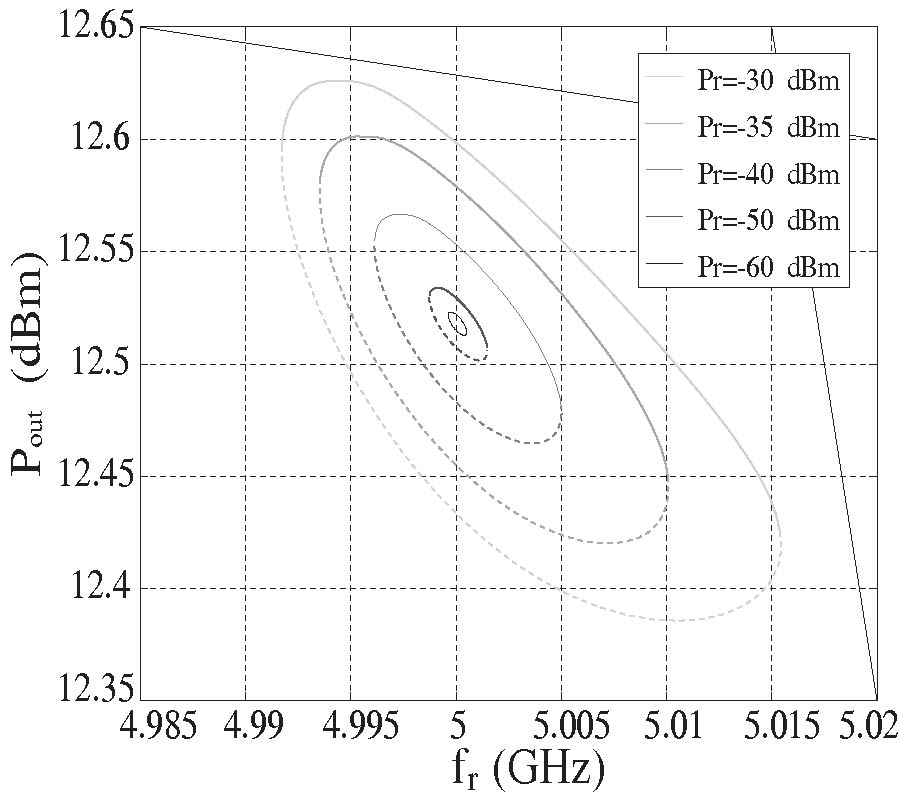Design and Analysis of a Multi-Carrier Tx-Rx System Based on Rationally Synchronized Oscillators for Localization Applications
Miguel Fernandez-Garcia
,
Samuel Ver-Hoeye
,
Carlos Vazquez-Antuna
,
George Roberto Hotopan
,
Rene Camblor-Diaz
and
Fernando Las Heras Andres
In this work, a novel multi-carrier Tx-Rx system based on rationally synchronized oscillators to be used in RF-source localization applications is presented. The Tx subsystem is composed by two rationally synchronized oscillators, with different operation frequency, which share the reference signal. This signal is transmitted together with the one generated by the oscillators. In the Rx subsystem, the reference signal is provided by an oscillator which is synchronized with the received reference signal. According to the simulation results, with the proposed approach, the determination of the relative phase variation suffered by the transmitted signals, due to the propagation channel, can be achieved with an error less than 0.6o. It is also shown that the dynamic response of the system can be optimized by properly selecting the operation point of all oscillators.
